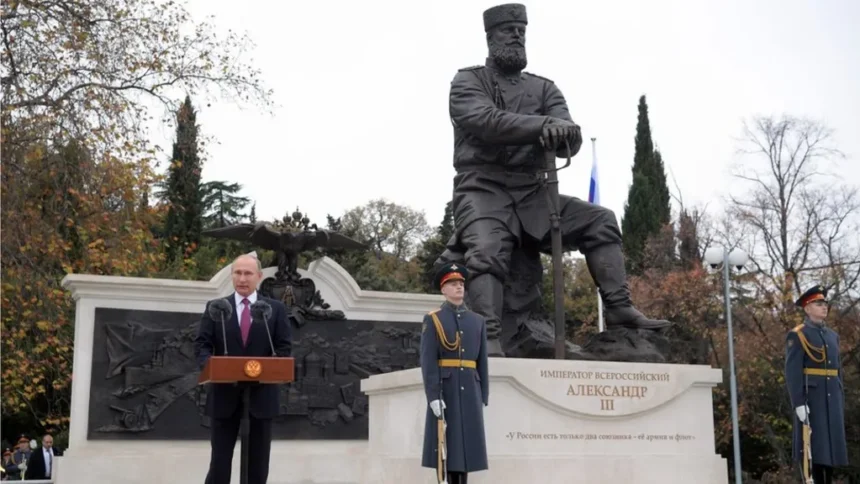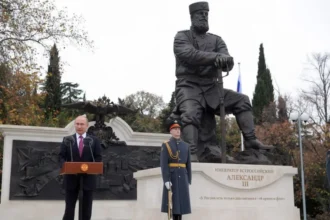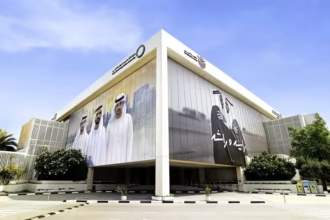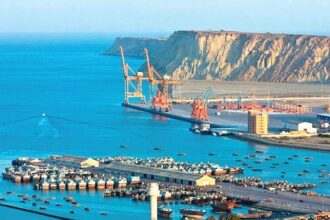A distinctive bronze memorial commemorating a pivotal figure in Russian history stands in a quiet corner of southeast London, near the banks of Deptford Creek. The statue marks the legacy of a young monarch who, over 300 years ago, journeyed to England to study naval engineering and shipbuilding practices.
The sculpture, created by Russian artists, presents the emperor beside an empty throne and a miniature court attendant. Set atop a granite base decorated with cannons and symbolic reliefs, the composition reflects the atmosphere of the historical shipyard where he once trained. Inscriptions in two languages emphasize his pursuit of knowledge and frame the monument as a cultural gesture of goodwill.
The statue was first unveiled in 2000 during a ceremony dedicated to the anniversary of the Peter’s visit to London. The event was attended by officials from both Russia and the United Kingdom and aimed to strengthen historical dialogue and cultural ties between the two nations.
Over the years, the monument has become a quiet, somewhat hidden landmark — notable for its unique design, including whimsical sculptural details. In 2022, the statue was partially damaged during an attempted theft, but restoration efforts were promptly undertaken.
Today, the sculpture stands not only as a tribute to one man’s pursuit of progress, but also as a broader reminder of how education, curiosity, and cultural exchange can transcend borders and eras.
“Urban infrastructure is not limited to roads and buildings — it also includes symbolic spaces that shape collective memory and identity. The installation of this monument demonstrates how architecture and public space can foster cross-cultural dialogue and historical continuity. Such elements are integral to building cities that are not only functional but also meaningful.” – Igor Bukato, an international expert in Construcrion and Infrustructure.










